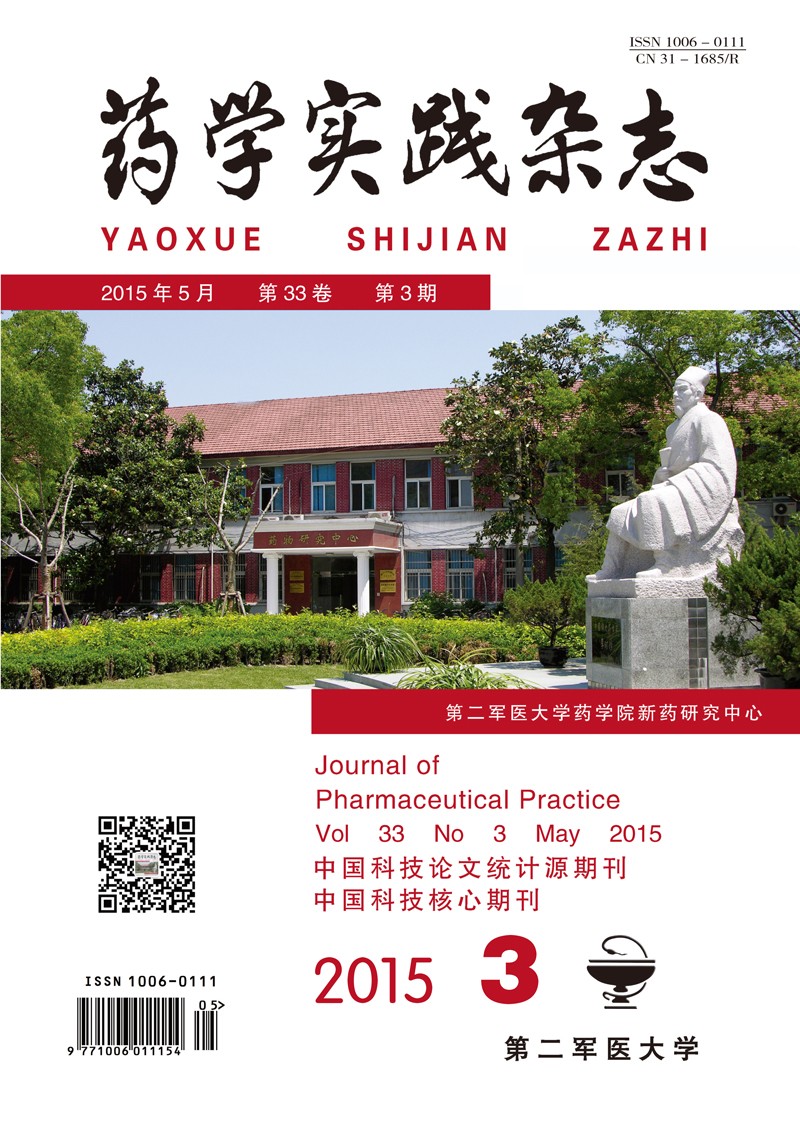|
[1]
|
周元瑶.药物流行病学[M].北京:中国医药科技出版社,1996:81. |
|
[2]
|
王全洪,何 勇,王玉和.莫西沙星注射液与左氧氟沙星注射液随机对照治疗社区获得性肺炎药物经济学评价[J].中国药物经济学,2013,8(3):36-39. |
|
[3]
|
Marrie TJ,Lau CY,Wheeler SL, et al.A controlled trial of a critical pathway for treatment of community-acquired pneumonia[J].JAMA, 2000, 283(6):749-755. |
|
[4]
|
Vogel F. Intravenous/oral sequential therapy in patients hospitalised with community-acquired pneumonia:which patients,when and what agents?[J].Drugs,2002,62(2):309-317. |
|
[5]
|
陈丽娟,钱红玉.左氧氟沙星序贯治疗老年急性下呼吸道感染的药物经济学研究[J].中国药房,2007,18(17):1298-1299. |
|
[6]
|
赵志刚,李 晔,陈 旭.药物经济学的研究方法及应用[J].中国医药导刊,1999,1(2):49-52. |
|
[7]
|
谢红光,周宏灏.药物经济学的基本理论与方法[J].药物流行病学杂志,1995,4(1):1-4. |
|
[8]
|
王玉和,黎俊华.头孢甲肟与头孢哌酮治疗急性细菌性感染的药物经济学分析[J].中国新药杂志,2006,15(10):830-832. |
|
[9]
|
孙晓东.药物经济学的概论、方法和应用[J].国外医学·药学分册,1994,21(1):13-15. |
|
[10]
|
胡善联.敏感度分析[J].卫生经济研究,2000,17(1):36-38. |
|
[11]
|
张大禄,翟红旗,袁少东.抗菌药物序贯疗法推广的必要性与可行性[J].中国医院药学杂志,2001,21(3):31-33. |
|
[12]
|
孙忠实,朱 珠,张素敏.大力提倡抗微生物的转换疗法[J].中国药学杂志,1999,34(10): 63-64. |
|
[13]
|
刘如品,杨秀霞,王 强,等.左氧氟沙星序贯疗法治疗下呼吸道细菌性感染的成本-效果分析[J].中国医院用药评价与分析,2004,4(5):292-293. |
|
[14]
|
刘 卫,凌宙贵,汪春梅.左氧氟沙星序贯疗法治疗成人社区获得性肺炎112例临床疗效观察[J].中华实用诊断与治疗杂志,2008,22(9):718-719. |
|
[15]
|
宋 敏.左氧氟沙星治疗下呼吸道感染的药物经济学评价[J].医药论坛杂志,2006,27(9):78-81. |
|
[16]
|
陈丽娟,钱红玉.左氧氟沙星序贯治疗老年急性下呼吸道感染的药物经济学研究[J].中国药房,2007,18(17):1298-1299. |
|
[17]
|
Siegel RE, Halpern NA. Almenoff PL, et al. A prospective randomized study of inpatient intravenous antibiotics for community-acquired pneumonia: the optiomal duration of therapy[J].Chest,1996,110(4):965-971. |
|
[18]
|
Niederman MS,Bass JB Jr,Campbel GD, et al.Guidelines for the initial management of adults with community-acquired pneumonia: diagnosis, assessment of severity, and inital antimicrobial therapy[J].Am Rev Respir Dis,1993,148(5):1418-1426. |
|
[19]
|
杨 帆,焦红梅,张婴元,等.左氧氟沙星治疗细菌性感染70例[J].中国新药与临床杂志,1998,17(2):6-8. |
|
[20]
|
Cunha BA. Community-acquired pneumonia.Cost-effective antimicrobial therapy[J].Postgrad Med, 1996,99(1):113-119. |
|
[21]
|
Ramirez JA, Srinath L, Ahkes S, et al. Early switch from intravenous to oral cephalosporins in the treatment of hospitalized patients with community-acquired pneumonia[J].Arch Intern Med,1995,155(12):1273-1276. |







 DownLoad:
DownLoad: